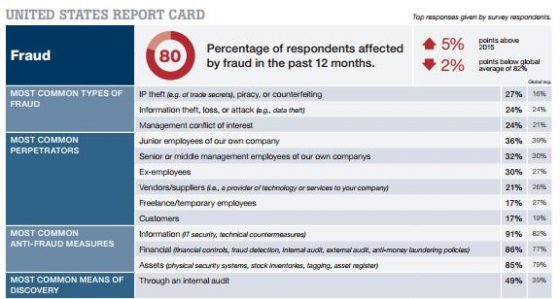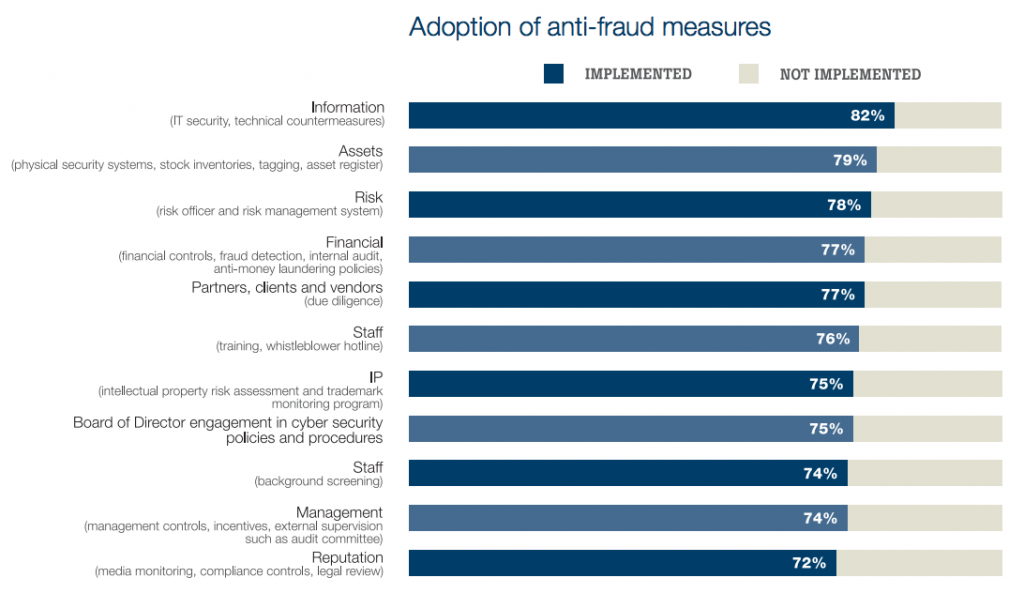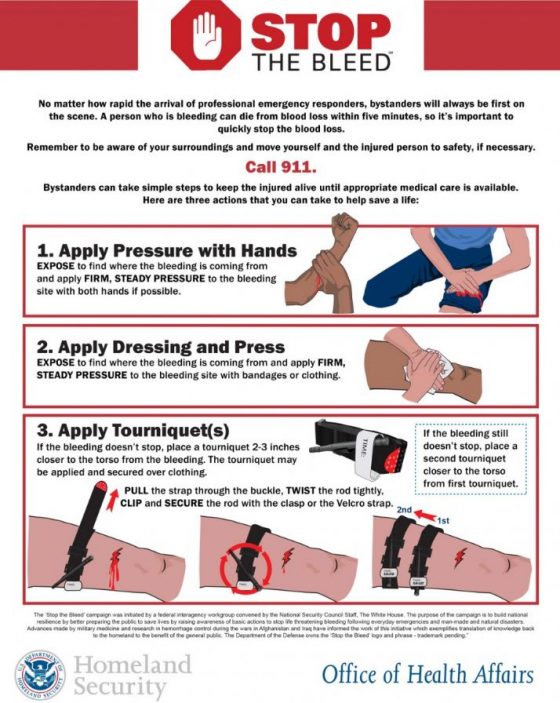 Stand-up workstations and exercise balls used for sitting in place of an office chair are gaining popularity.
Stand-up workstations and exercise balls used for sitting in place of an office chair are gaining popularity.
This has been fueled by reports of workers at Google, Facebook and other companies trading in their chairs to stand, or bounce, while working. They cite studies of the harm that hours of sitting can do.
Even here at the RIMS office several employees prefer sitting (or bouncing) on exercise balls to the familiar rolling desk chair, or working at a stand-up desk. Risk professionals have long been discussing the merits and downsides of these two popular choices.
But are these alternative ergonomic preferences really that beneficial?
Recently in an online discussion, some members of the RIMS Opis community said they were not in favor of exercise balls as ergonomic solutions. A risk manager in Oregon stated it bluntly: “Exercise balls should be limited to fitness programs.
Your [workers comp] will own the injury if an employee slips off the ball and hits [his or her] head or has a soft tissue injury from the fall.” Several other commenters agreed that the balls are unstable and their use is discouraged or officially prohibited.
A CEO said: “While great for encouraging engagement of your core muscles during exercise, [balls] are not good for sitting at a workstation and in fact, research shows, increase your risk of ergonomic injury.”
In fact, some research has found their benefits negligible. A study of 28 subjects found that exercise or chair balls offer no advantages over a traditional workplace chair. According to a study by BioMed Central:
Results:
The results showed no significant difference with regard to spinal curvature between seating types. Initial sitting curvature was found to increase significantly over 30 minutes in both the desk chair and stability ball. In addition the results of the usability questionnaire showed a significant difference in three of the eight questions, in favor of the desk chair.
Conclusion:
No benefits were found through sitting on a stability ball over that of a desk chair in prolonged sitting as both seating types were found to replicate a poor sitting position through a kyphosed [outwardly curved spine] and slumped posture. The clinical implications of this study serve to benefit any healthcare professional considering use of the stability ball as a replacement desk chair.
In another online comment, a Missouri risk manager suggested a compromise, elaborating that while his organization allows their use, “They cannot be free-standing balls… they must be part of a chair ball with wheels and a seat backing.”
Stand-up desks received more positive feedback. Several risk professionals cited research equating excessive sitting and sedentary lifestyles with serious chronic health problems. A number of commenters shared anecdotes about how stand-up workstations have helped employee health issues. Several users noted that in their newly renovated, or soon-to-be-renovated, offices, stand-up workstations are de rigueur.
Who pays for these workstations? Most who commented said, or implied, that their companies foot the bill for stand-up desks if an employee requests them. Most seem willing to make the investment based on reports that providing ergonomic options can reduce workers comp claims.
Not all are sold on the benefits, however. A commenter from Chicago said, “As odd as it sounds, stand-up desks may not be wholly safe…. People get tired and fall down using them. And there is no confirmation standing is less stressful than sitting. Folks very quickly started to complain of sore hips, knees, feet and spines.”
A Virginia risk manager shared the wisdom of moderation and the middle ground, saying, “While sitting is bad—and the motive for getting a standing desk—standing all day can cause myriad lower back, leg and feet issues. It would be similar to what risk managers at grocery stores have to deal with their cashiers on their feet all day. Interspersing standing with sitting is key.”
Some researchers agree with this conclusion. A New York Times article reported that 15 minutes per hour at a standing workstation is recommended over standing all day.




